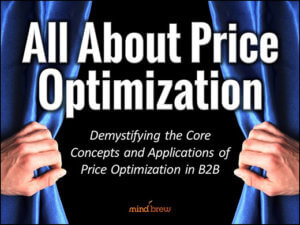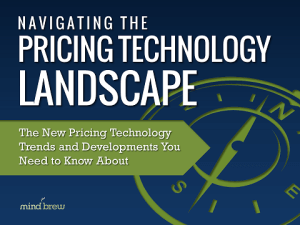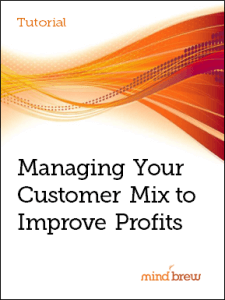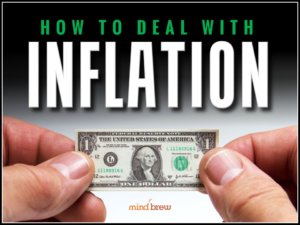Pricing has a wicked problem.
“Wicked” in this context doesn’t exactly mean “evil,” in the “Wicked Witch of the West” sense. “Wicked problem” is actually a term that social planners and scientists use to describe situations that are difficult or even impossible to resolve because we don’t have the necessary information to fully understand them.
To make matters worse, wicked problems often don’t have an actual solution. And if that weren’t bad enough, you only get one shot at solving them.
Some wicked problems have a huge scope. Climate change is one. So is global poverty. Homelessness. Health care. Sometimes academics call these big issues “super wicked problems.” (Really, people with PhDs use this term. We’re not making it up!)
Other wicked problems are narrower in scope, but no less tricky. One famous example is the collapse of the Tacoma Narrows Bridge.
When this suspension bridge was built back in 1938, the engineers who designed it had no idea that they needed to consider the effects of mechanical resonance and aeroelastic flutter. Spanning the Tacoma Narrows Strait was a wicked problem because the people involved had incomplete knowledge of the problem they were solving—and because construction is so expensive, you really only get one shot at building a bridge.
You see, whenever the wind blew faster than 35 mph, the bridge entered a strange state where it oscillated more and more. And in fact, you can actually see it, because several people recorded it on film, which is reproduced in the gif below.

For obvious reasons, this effect was somewhat disconcerting. The engineers tried a lot of different solutions to try to dampen the oscillation, but nothing really worked.
Ultimately, the bridge collapsed in 1940. Fortunately, no human lives were lost in the incident, but a cocker spaniel named Tubby did fall to his death.
So what is pricing’s wicked problem?
Setting prices.
You are never going to have 100% of the information you need to determine optimal prices. And once you push a price out there, you have to live with the consequences whether they are positive or negative. Yes, you can re-adjust prices later, but you will have consequences regardless.
On the other hand, you do have historical precedent to help you out.
After the Tacoma Narrows Bridge collapse, engineers began creating models of their structures. That allowed them to test the aerodynamic effects of wind on their bridges and make sure they didn’t have the same problem again.
In much the same way, modern pricing professionals have all kinds of tools that can help you model the effect of prices on your market. You can do advanced segmentation and calculate price elasticity, and modern technology can help you simulate real world effects without the same kind of danger.
If you aren’t sure how to do these things, check out this trio of webinars:
- All About Price Optimization offers a good introductory overview to the wicked problem of setting prices.
- Business-to-Business Price Elasticity gives step-by-step instructions for measuring price elasticity, with a special consideration of how the concept applies within B2B.
- Making Sense of Pricing Technology explains the different types of solutions available and helps you determine which kind of tools will be best for your unique situation.
Setting prices will always be a difficult problem—maybe even a little bit wicked. But it is by no means impossible to do it well.
















